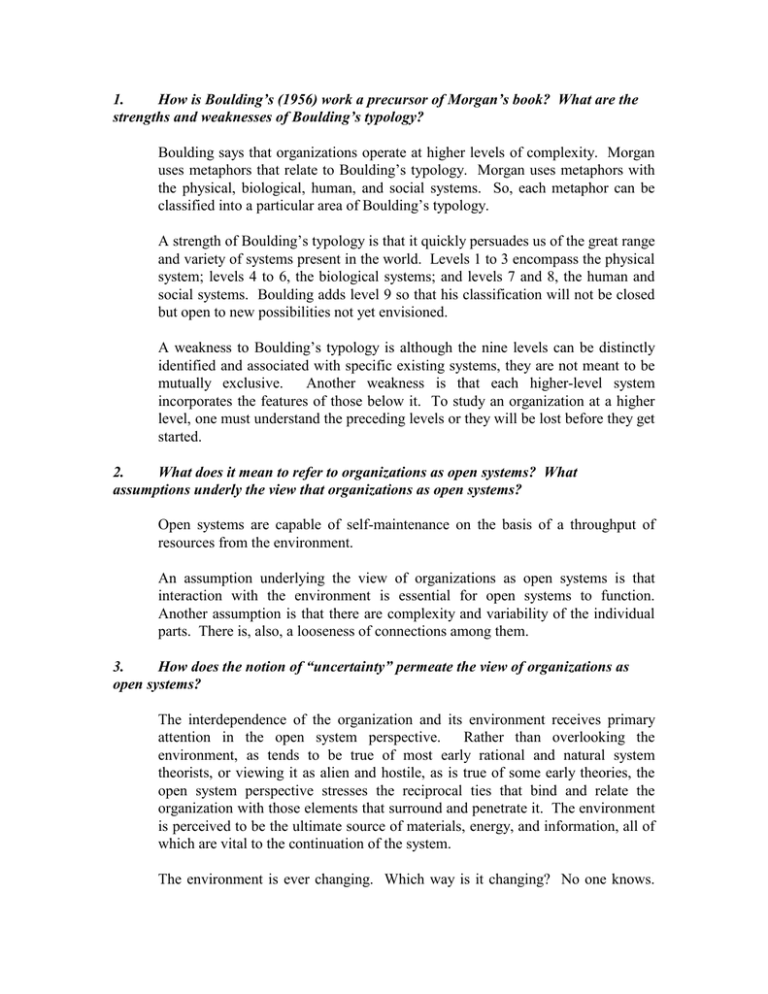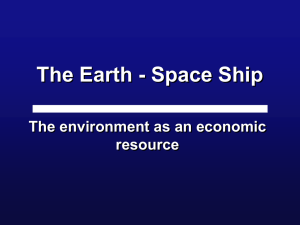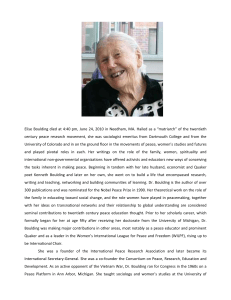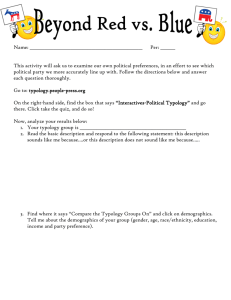How is Boulding’s (1956) work a precursor of Morgan’s book? ... 1. strengths and weaknesses of Boulding’s typology?
advertisement

1. How is Boulding’s (1956) work a precursor of Morgan’s book? What are the strengths and weaknesses of Boulding’s typology? Boulding says that organizations operate at higher levels of complexity. Morgan uses metaphors that relate to Boulding’s typology. Morgan uses metaphors with the physical, biological, human, and social systems. So, each metaphor can be classified into a particular area of Boulding’s typology. A strength of Boulding’s typology is that it quickly persuades us of the great range and variety of systems present in the world. Levels 1 to 3 encompass the physical system; levels 4 to 6, the biological systems; and levels 7 and 8, the human and social systems. Boulding adds level 9 so that his classification will not be closed but open to new possibilities not yet envisioned. A weakness to Boulding’s typology is although the nine levels can be distinctly identified and associated with specific existing systems, they are not meant to be mutually exclusive. Another weakness is that each higher-level system incorporates the features of those below it. To study an organization at a higher level, one must understand the preceding levels or they will be lost before they get started. 2. What does it mean to refer to organizations as open systems? What assumptions underly the view that organizations as open systems? Open systems are capable of self-maintenance on the basis of a throughput of resources from the environment. An assumption underlying the view of organizations as open systems is that interaction with the environment is essential for open systems to function. Another assumption is that there are complexity and variability of the individual parts. There is, also, a looseness of connections among them. 3. How does the notion of “uncertainty” permeate the view of organizations as open systems? The interdependence of the organization and its environment receives primary attention in the open system perspective. Rather than overlooking the environment, as tends to be true of most early rational and natural system theorists, or viewing it as alien and hostile, as is true of some early theories, the open system perspective stresses the reciprocal ties that bind and relate the organization with those elements that surround and penetrate it. The environment is perceived to be the ultimate source of materials, energy, and information, all of which are vital to the continuation of the system. The environment is ever changing. Which way is it changing? No one knows. Since the environment is such a crucial element of the open system perspective, the uncertainty of the environment permeates the view of organizations as open systems.



